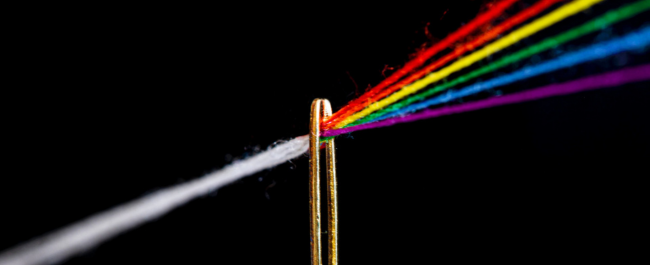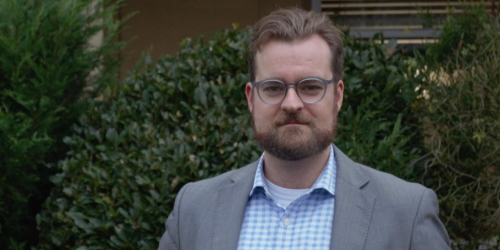Quantum-enhanced spectroscopy

A novel sub-shot noise absorbance spectroscopy system delivering high precision.
Uses
- Measuring light-sensitive biological samples
- Chemical sensing in an optically noisy environment
- Identifying trace amounts of hazardous samples
Benefits
- Precision 10x better than classical methods
- Does not require a bulky external monochrometer or a broadband source
- Can be used on samples that are highly sensitive to light exposure
- Compact, integrated format

Problem
The precision of optical spectrometers is limited by shot noise of laser light. This shot noise is a fundamental physical phenomenon caused by random fluctuations in the number of photons in the optical beam, resulting in a fundamental noise floor for electrical noise on the measuring detector.
Solution
A team from the University of Bristol’s Quantum Engineering Technology Labs has developed a novel absorbance spectroscopy technique that overcomes the problem of shot noise on lasers by using single photons to enhance precision when measuring absorption parameters, by potentially an order of magnitude better than classical spectroscopy techniques.
The team, led by Dr. Jonathan Matthews, has demonstrated the technique by discriminating between blood proteins (Haemoglobin) bound to different substances with high sensitivity. It has broad applicability in providing precise chemical sensing in optically noisy environments, including identifying trace amounts of hazardous samples, thus reducing the false alarm rate in these scenarios.
In that demonstration, a laser beam is focussed onto a nonlinear crystal (NL), generating a pair of photons. The photons can be separated using a polarisation beam splitter, and their correlated wavelengths can be controlled by temperature tuning the NL. This technique enables the team to estimate the absorption. The technique can be mapped onto fibre optics and integrated optics architectures as well.
Photo by Aryo Yarahmadi on Unsplash
 Quantum Engineering Technology Labs
Quantum Engineering Technology Labs
The Quantum Engineering Technology Labs (QET Labs) pioneers science and technology for the quantum age.
 Dr. Jonathan Mathews
Dr. Jonathan Mathews
Dr. Jonathan Matthews is a Professor of Quantum Photonics at the Bristol Centre for Nanoscience and Quantum Information.
His research research largely falls into the areas of integrated quantum photonics, quantum metrology, quantum walks and quantum information processing.
IP Status
US patent granted: US10031398
UK patent granted: GB2528958